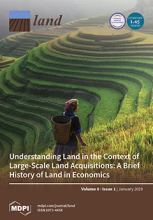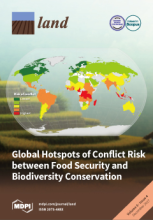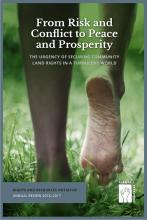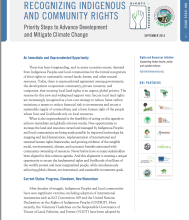Land Library
Welcome to the Land Portal Library. Explore our vast collection of open-access resources (over 74,000) including reports, journal articles, research papers, peer-reviewed publications, legal documents, videos and much more.
/ library resources
Showing items 1 through 6 of 6.The livelihoods of indigenous peoples, custodians of the world’s forests since time immemorial, were eroded as colonial powers claimed de jure control over their ancestral lands.
Humanitarian and development organizations working in conflict-affected settings have a particular responsibility to do no harm and contribute to the wellbeing of the population without bias.
This article provides analysis of the issues relating to movement towards new models for Indigenous-led conservation in light of Canada’s initiatives for greater protected areas representation through Target 1.
Indigenous territories are facing increasing pressures from numerous legal and illegal activities that are pushing commodity frontiers within their limits, frequently causing severe environmental degradation and threatening indigenous territorial rights and livelihoods.
Amid the realities of major political turbulence, there was growing recognition in 2016 that the land rights of Indigenous Peoples and local communities are key to ensuring peace and prosperity, economic development, sound investment, and climate change mitigation and adaptation.
NEW YORK (17 September, 2014)—US$1.64 billion, the funds pledged to date by three major multi-lateral initiatives at the United Nations and World Bank in preparing for the evolving REDD+ carbon market, would expand the demarcation, registration, and titling of rights of the local communities and






